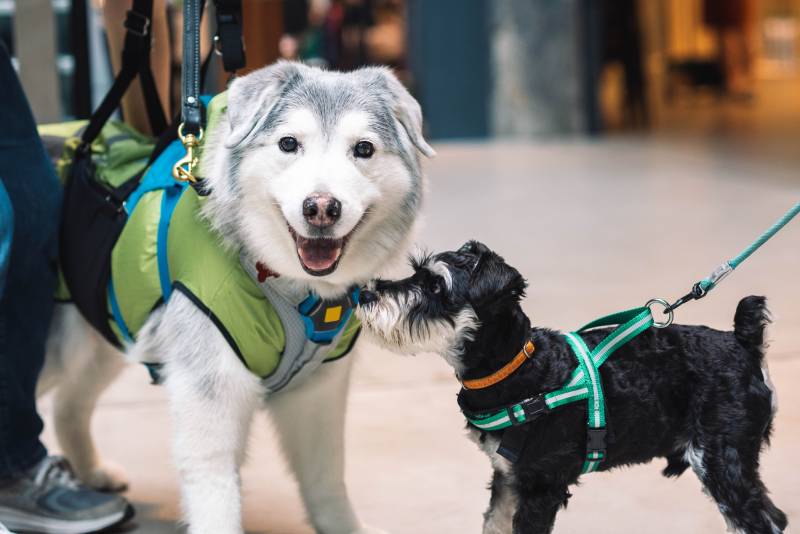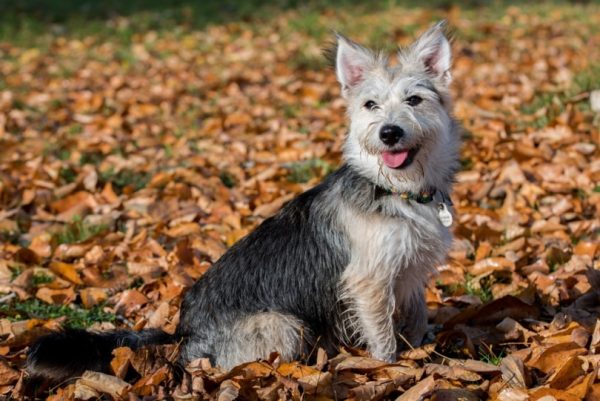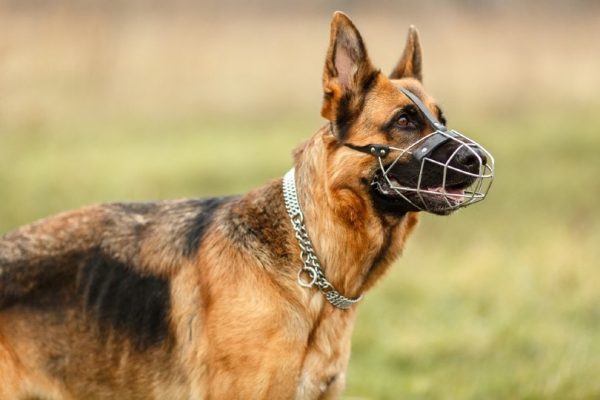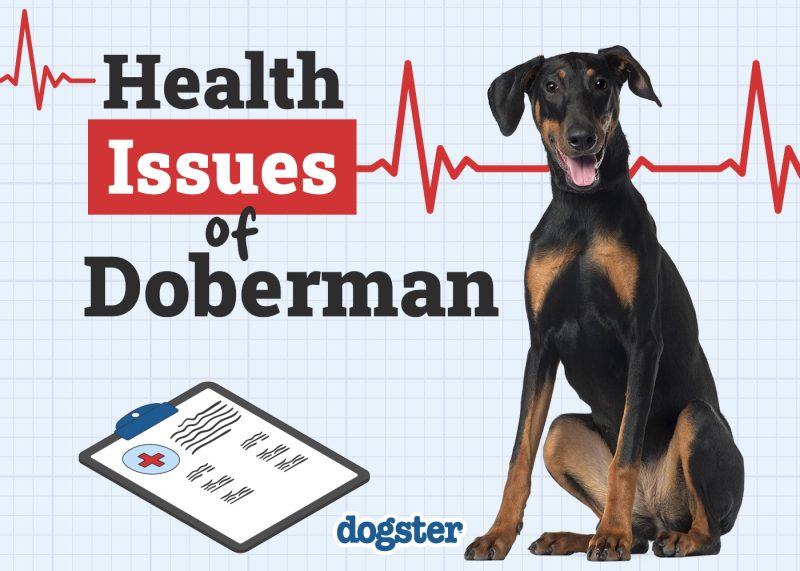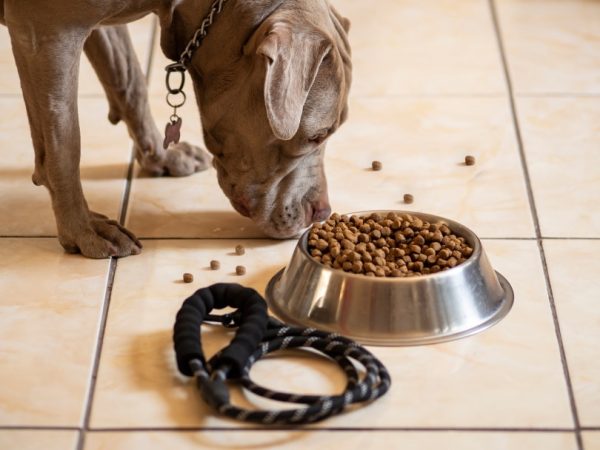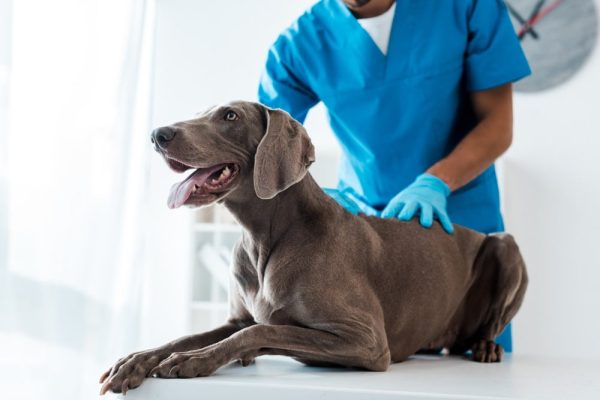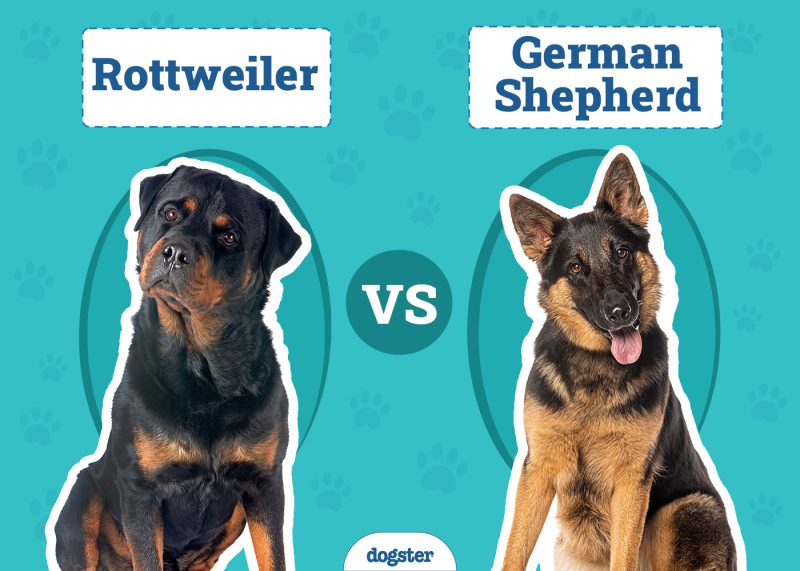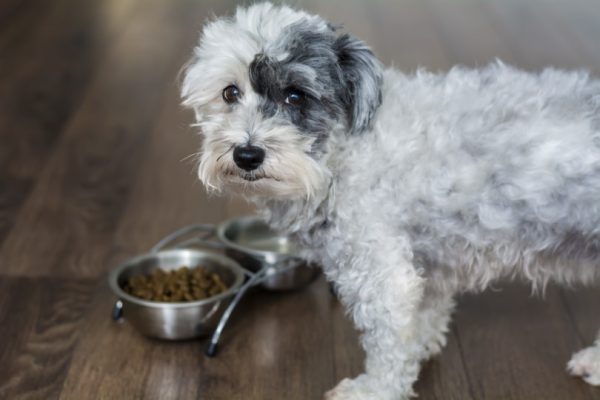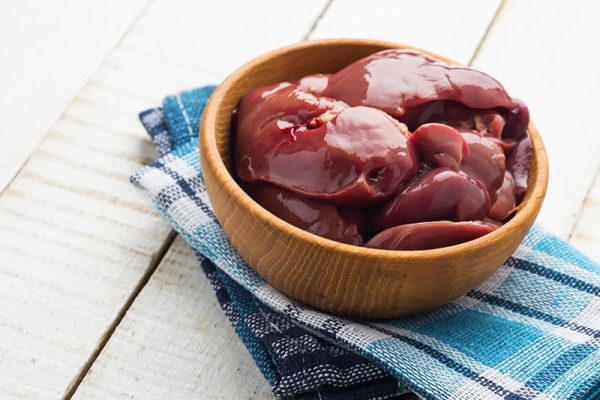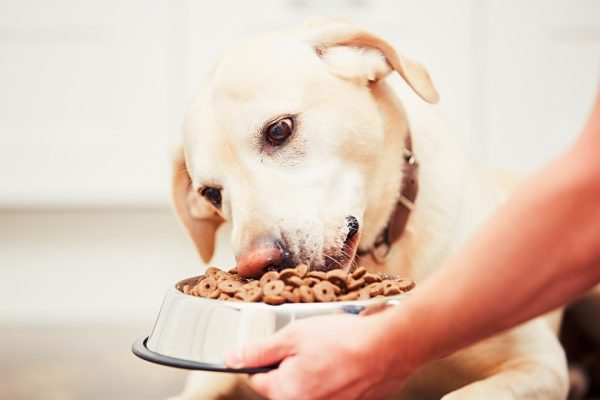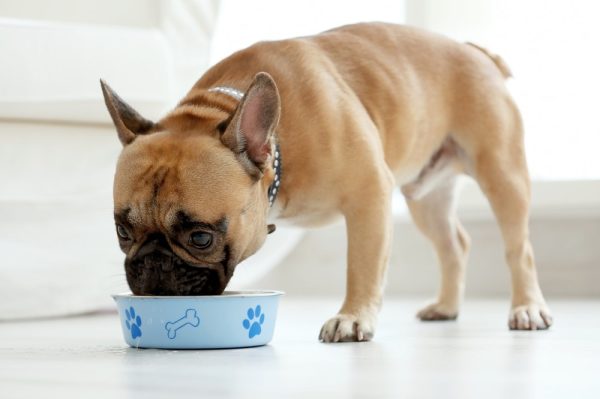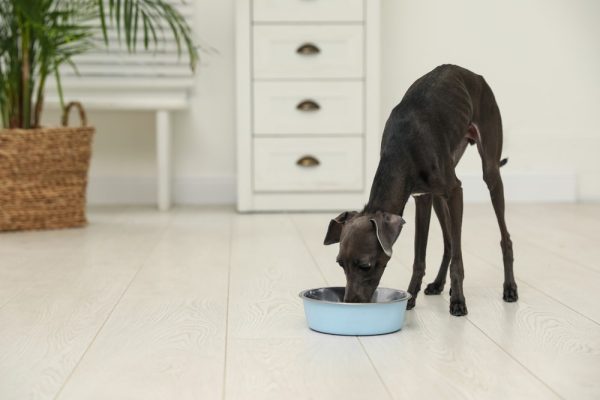In this article
View 4 More +When you consider how taboo inbreeding seems, it is hard to believe that we have used this method to produce champion bloodlines in canines for centuries. Many breeds that we know and love today are products of inbreeding. There may have been some initial benefits to the thought process behind it.
However, as research concludes, canine inbreeding has far more ill effects than positive ones, significantly impacting the breed and individual dog health. Let’s discuss exactly what constitutes inbreeding, the consequences of it, and what you can do to avoid it.

What Is Dog Inbreeding?
Inbreeding is an act where two relative dogs mate to produce offspring and have one or more ancestors in common. This tactic was used many times in an attempt to develop and maintain certain qualities, including physical and behavioral traits, but it increased the risk of hereditary conditions and illness while reducing genetic diversity.
This is most obvious in brachycephalic dog, cat, and rabbit breeds, where focusing on looks adversely affects their health, particularly their ability to breathe properly. Understandably, early breed development required some level of inbreeding, but there is no use for it now. The cons considerably outweigh the pros, making this practice inefficient and detrimental, impacting the animal’s welfare and quality of life .
Inbreeding vs Linebreeding
Inbreeding involves any relative animals mixing together. Linebreeding is a form of inbreeding in which dogs might be related distantly, but breeding takes place anyway. This method alleviates some apprehension about inbreeding but can be damaging, too, as the animals in question still share a distant ancestor.
Many breeders vehemently defend linebreeding, claiming that all bloodlines are clear. But there is no way to know when a bad combination of genetics will pop up the more you continue, and there is a significant risk of poor animal health and welfare.

How Genetics Work
If two dogs are paired together touting desirable traits, they can make good quality pups. Even if the two are distantly related, some exceptional genes can pass down through the lineage with each litter. However, genetics are not that simple, and where good combinations lie, bad ones do, too.
Some genetic conditions can skip generations, only to be reintroduced simply by having two copies of the same negative trait. There are three genetic models of gene allele inheritance: recessive, dominant, and additive. Alleles are alternative matching forms of genes, one inherited from the mother and the other one from the father.
Dominant genes are the ones most commonly seen in litters on a large scale. These genetics are robust, showing through consistently in each litter. Additive genes are those where two or more genes give a single component to the puppy’s makeup. One example may be eye color, where several genes establish a specific color.
Recessive genes are a bit trickier. Think of recessive genes as the ones hanging out on the bench at a game, just waiting to be called to the field. They’re like a reserve in that sense. In the bloodline, the gene is dormant until the right combination hits.
Inbreeding can cause recessive genes to pass along to the next generation more commonly than it usually would, leading to hereditary and genetic diseases and declining health. An unwanted genetic condition can resurface, congenital disabilities are possible, and other issues can be introduced, too.
So, as you can see, if a puppy is outbred, any imperfect copies of a gene can dissipate quickly. However, if you get two copies of the same bad gene due to inbreeding, the consequences can be dire.
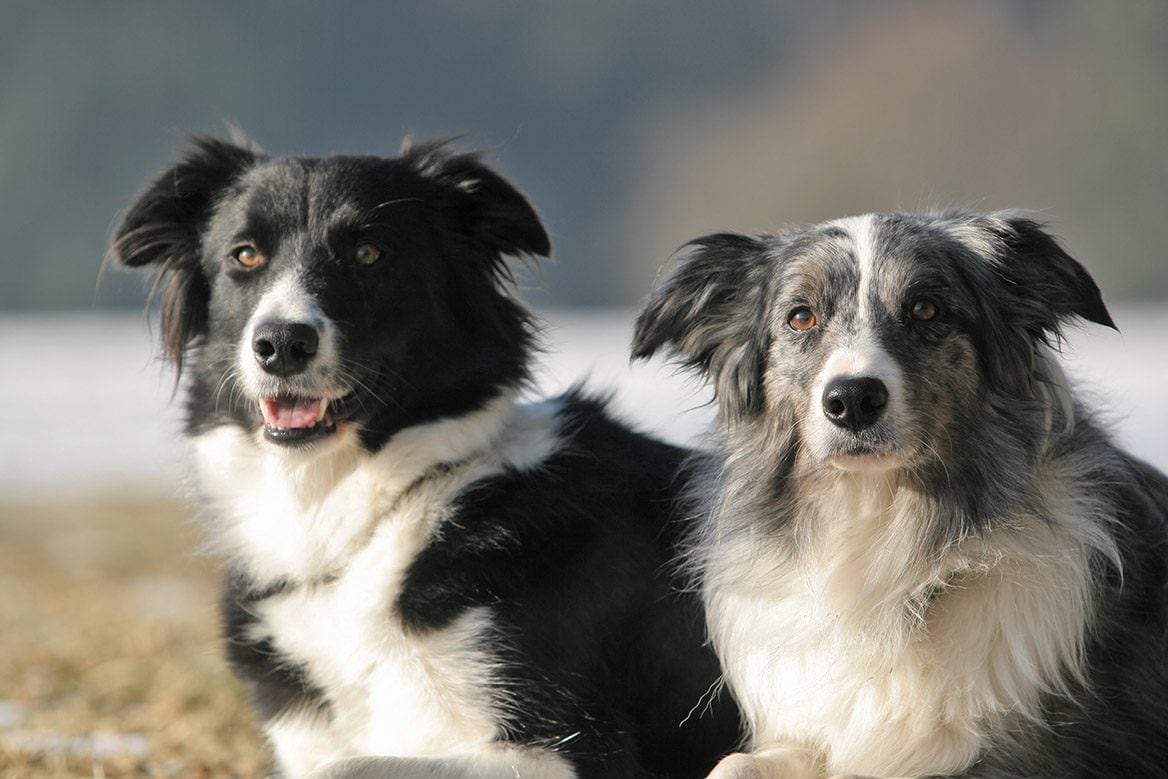
Let’s Get Into the Numbers
Breeders must be diligently aware of purity in bloodlines to avoid genetic mishaps. Inbreeding leads to short-term and long-term health problems, not just for the individual animal but also for the breed. Closely related family members pose a much higher risk of receiving two bad copies of alleles for a single gene.
For instance, if a mother gives birth, she passes 50% of her genetics to each of her puppies. Therefore, there’s a 50% chance of a “bad” gene in the mother’s transmitted DNA to each pup. But a similar issue occurs when parent dogs have common ancestors, even distantly in their bloodline, meaning the puppy may inherit the “bad” gene from both parents, causing a particular trait to become dominant.
This may be just the dog’s coat color or something more important, such as behavioral traits and a predisposition for certain illnesses. Percentages of particular gene inheritance may decrease the farther you get down the line, particularly if there is good genetic variability. Still, all it takes is the right combination of genes to create health issues or unfavorable breed standards.
Calculating the Coefficient of Inbreeding
You can estimate the coefficient of inbreeding (COI) in a few ways. The COI calculates the probability that two copies of a gene variant have been inherited from a mother and a father with a common ancestor. The lower the degree of inbreeding, the lower the inbreeding coefficient.
It takes the likelihood of a pup developing a specific hereditary health problem by receiving an allele from the dam and sire used for breeding. This calculation gives breeders the green or red light when deciding on suitable mates for future litters.
You’re looking for numbers below 10% in 10 generations in a desirable COI. Anything over that threshold is considered high and ill-advisable for pairing.

Problems of Inbreeding
We’ve already discussed how having two copies of a “bad” gene results in problematic litters and poor health and welfare of the animals in question. So, what exactly can inbreeding do to pups?
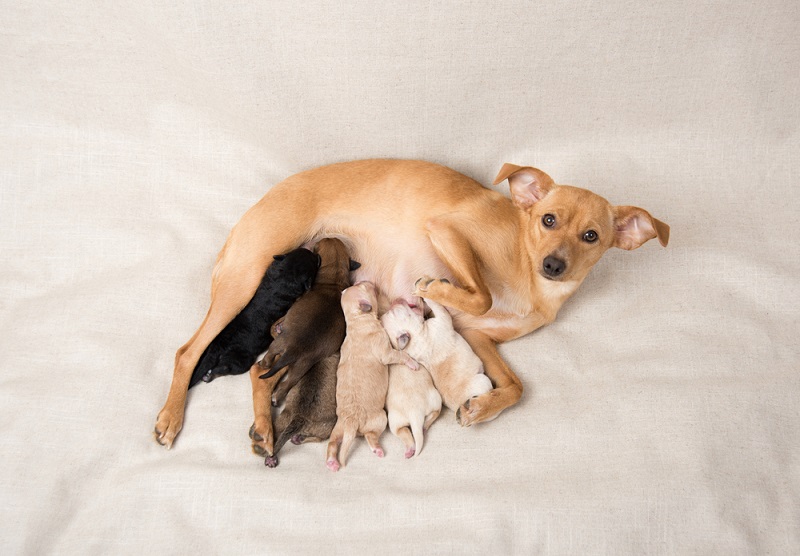
Genetic Health Conditions and Declining Health and Welfare
When researching breeds, have you ever realized that some are “predisposed” to certain health conditions? For instance, German Shepherds have an increased risk of hip dysplasia, and Golden Retrievers are very prone to cancer. The inheritance of genes is a very complex process, and scientists are still trying to understand how these genetic and hereditary conditions happen, which genes and specific sites on certain chromosomes are responsible, and how inbreeding influences the process.
Inbreeding can reduce a dog’s lifespan due to unfavorable, hidden, or rare traits becoming common and leading to diseases. The incidence of these diseases is multiplied, and some of them may include blindness and eye problems, blood disorders, orthopedic and metabolic problems, birthing issues, reduced immune system function, poor fertility, and loss of genetic diversity.
These ill effects, not only on an individual animal’s health but also the health of the breed and offspring, are called an inbreeding depression. Some studies have shown an effect of the COI on the litter size and their health, while others have failed to provide a clear link between the two.
However, there is no doubt about the ill effects inbreeding has on many breeds, which is most apparent in brachycephalic dogs. They have been bred for their facial expressions and exterior appearance, which has only led to severe and fatal breathing difficulties, in addition to several other health conditions they commonly suffer from.
Genetic Birth Defects
Besides health issues, inbreeding can also cause birth defects. Breeding two closely related dogs can cause reduced immune function, poor puppy viability and survival, poor health, loss of genetic diversity, and reduced fertility. While some congenital disabilities are manageable, others pose lifelong trouble for the dog.
Many pedigree dogs born with flaws are considered defective, so they won’t be eligible for registration. They may only be sold on “pet-only” terms, disqualifying them from breeding or competing. They should also be neutered so the hereditary conditions do not pass to future generations.

Takeaways
Be Careful if You Own Related, Unaltered Dogs
If you keep a related pair, make sure one of the dogs is spayed, neutered, or fully separated (especially during estrus). You might not recognize the signs of heat until it’s too late. Sterilizing benefits your dog and reduces the chances of unwanted mating and pregnancy, so speak to your vet about the procedure.
Inbreeding can cause irreversible issues
Inbreeding causes the decline of puppy health and viability, increasing the risk of them developing many of the previously mentioned hereditary disorders. Thus, their health and welfare are dramatically reduced. These conditions may be passed further along the bloodline if the offspring is used for breeding.
If you use a breeder instead of adopting a dog from a shelter, do your research to determine if they’re reputable. Meet them in person if possible, and see all the dogs to make sure the breeder is responsible, has performed all the necessary health screenings of their dogs for generations, and has registered their animals with the required organizations, such as the AKC.
Breeding rules and regulations differ based on state and federal laws, and some breeders require a license depending on the number of animals and matings. You can speak to the breeder about the COI and check the parent’s lineage for up to 10 generations.
Otherwise, consider adopting a dog. Unfortunately, shelters in the US and around the world are overwhelmed with unwanted puppies and adult dogs.
Calculate COI
Calculate COI before selecting a mate for your dam or sire to ensure no inbreeding is taking place.
Remember that linebreeding is still inbreeding
Despite any traits you desire to build through breeding, linebreeding isn’t the answer. It’s still inbreeding and may negatively impact the health of the litters and future generations.

Final Thoughts
Inbreeding is unethical and harmful to the dogs, their offspring, and the breed, and every reputable breeder should reject the concept. To improve the quality of the breed you love, continuously doing your part to avoid inbreeding is essential, alongside working closely with your veterinarian and continuously improving your knowledge in the field of genetics. Dog breeding is very costly and time-consuming and should never be taken lightly.
See also:
Featured Image Credit: heychli, Shutterstock
